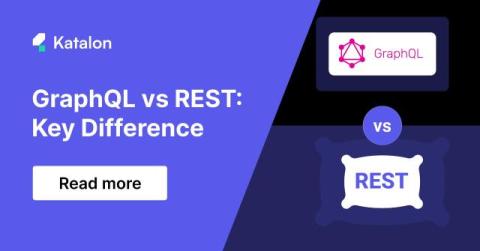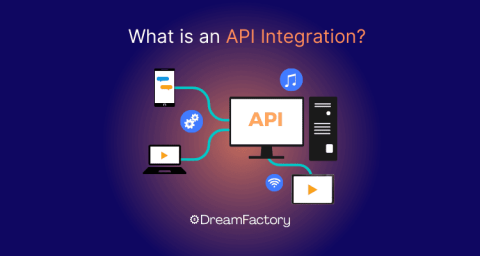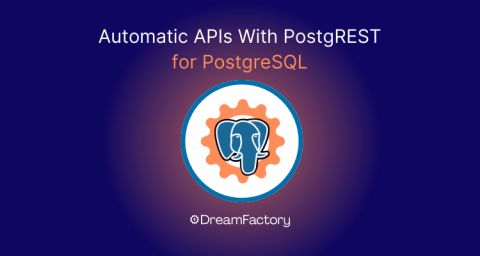GraphQL vs REST: A Simple Explanation
Understanding API design is crucial for modern software development. Two popular approaches are GraphQL and REST. These technologies shape how data is exchanged and used over the internet, but they differ significantly in how they allow clients to interact with the server and retrieve data. Let's compare them in this article!











